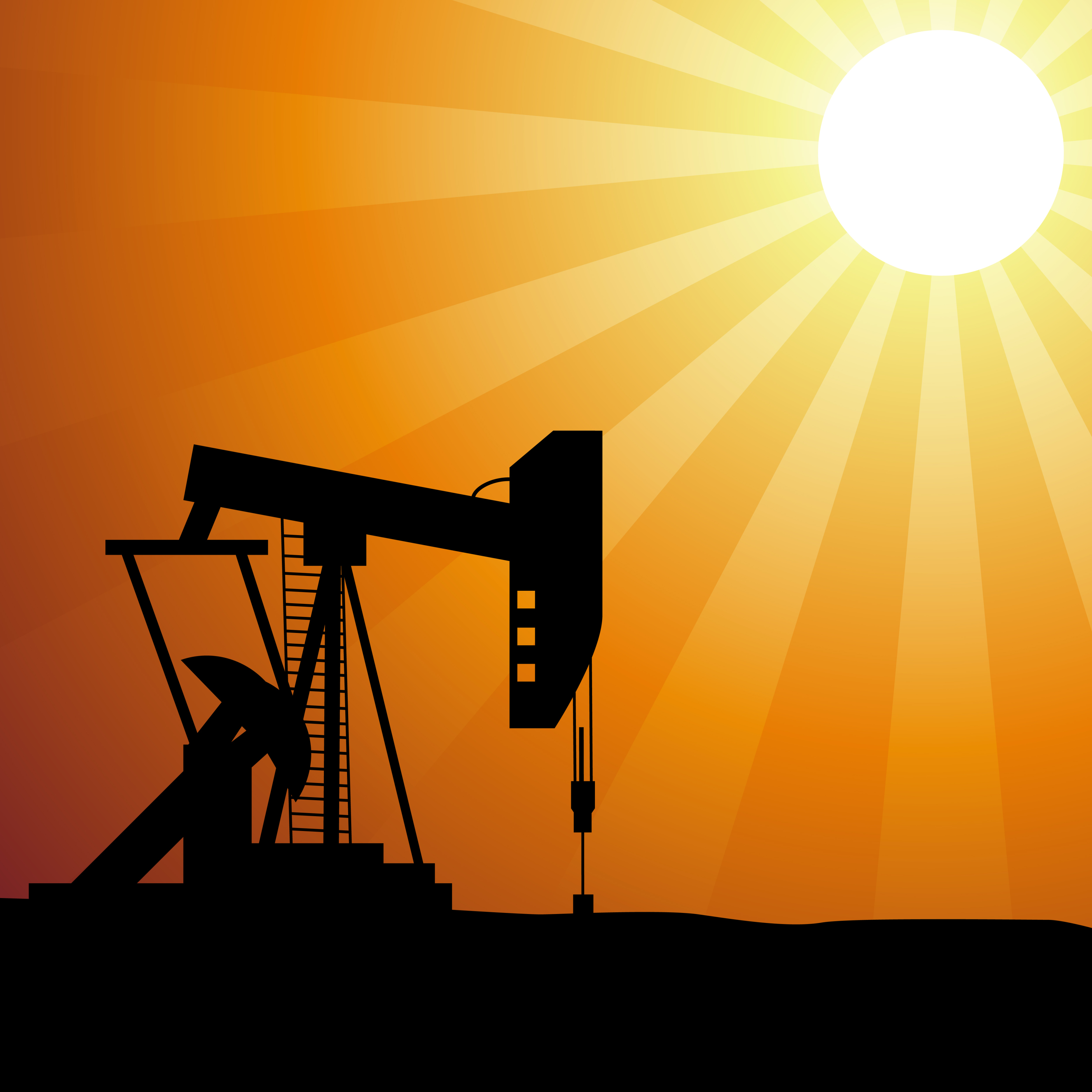
The current glut in crude oil, though declining in 2016, will not work through the crude market and rebalance supply with demand until 2017. Crude oil prices are expected to rise gradually once that rebalancing begins, but there are competing factors that could continue to maintain the market’s volatility.
The International Energy Agency (IEA) released the latest version of its Medium-Term Oil Market Report Monday morning, and the agency noted that a key threat to rebalancing is the “availability of resources that can be easily and quickly tapped.” The agency is referring to the capability of U.S. shale producers to turn on the crude oil taps as quickly as they were able to shut them down.
The other side of the coin, however, is that dwindling investment in new supply could lead to a spike in prices later in the report’s 2015 to 2021 forecast period. IEA executive director Fatih Birol said:
It is easy for consumers to be lulled into complacency by ample stocks and low prices today, but they should heed the writing on the wall: the historic investment cuts we are seeing raise the odds of unpleasant oil-security surprises in the not-too-distant-future.
Crude oil supply growth is forecast at 4.1 million barrels a day for the six-year period, sharply lower than the 11 million barrel per day growth that occurred between 2009 and 2015. The IEA expects capital spending will decline by 17% in 2016 after declining 25% in 2015.
U.S. production is expected to reach an all-time high of 14.2 million barrels a day by 2021, after declining in the near term. Shale production is forecast to decline by 600,000 barrels a day in 2016 and 200,000 barrels further in 2017. The gradual recovery in prices, coupled with new technology and cost reductions, will allow U.S. producers once more to add output. The United States is forecast to add the most to non-OPEC supply growth during the six-year period, while Iran is expected to add a million barrels a day of production, raising its output to 3.9 million barrels by 2021.
The IEA expects global demand to reach 100 million barrels a day by the end of the decade, with an average annual growth rate of 1.2 million barrels a day. India is forecast to post the most growth, while demand from China is expected to cool as the country’s economy cools.
Monday is also the first day of IHS CERAWeek, an industry conference in Houston. We can expect to hear from many top industry executives and analysts over the course of the week.
Thank you for reading! Have some feedback for us?
Contact the 24/7 Wall St. editorial team.




